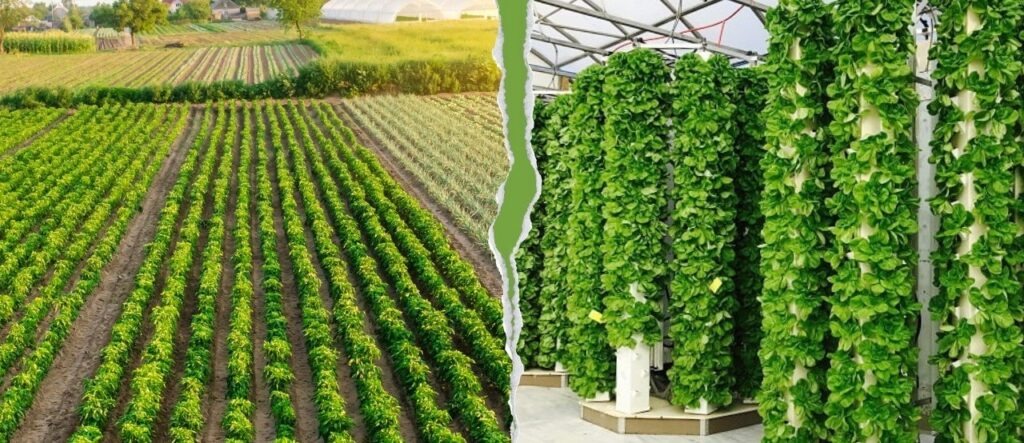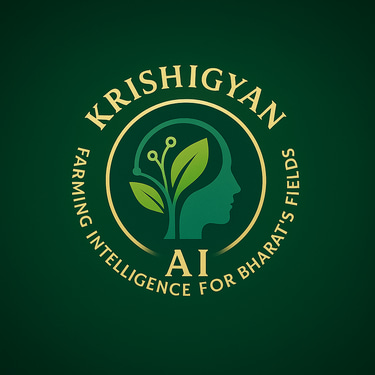Vertical Farming: The Future of Urban Agriculture
With shrinking farmland, rising populations, and the growing urgency for climate resilience, one agricultural innovation is climbing higher—literally. Welcome to the world of Vertical Farming — a game-changing approach redefining how we grow food in our cities. This isn't just a futuristic trend; it's a necessary evolution in how we think about food production, especially in urban and resource-limited areas. And behind this shift, AI-driven decision-making and data intelligence are turning these high-rise farms into models of efficiency, sustainability, and profitability.
HawkEye
5/8/20251 min read


What Is Vertical Farming? Vertical farming refers to growing crops in stacked layers or vertically inclined surfaces, often in controlled indoor environments such as warehouses, shipping containers, or greenhouses. Using technologies like hydroponics (water-based growing), aeroponics (mist-based), or aquaponics (fish-integrated systems), vertical farms eliminate the need for soil, vast space, and traditional weather dependence.
Why Vertical Farming Is Crucial for the Future
1. Maximizing Yield in Minimal Space
In cities where land is expensive and limited, vertical farms allow for 100x more food per square foot than traditional farms — making it an ideal solution for urban centers.
2. Reduced Water Usage
Vertical systems use up to 95% less water through recirculation. This makes them particularly attractive for drought-prone or water-scarce regions.
3. Zero Pesticide Agriculture
Because they're indoors, vertical farms are shielded from most pests — allowing for chemical-free, healthier produce.
4. Year-Round Harvests
Controlled temperature, humidity, and light mean crops can be grown 365 days a year, regardless of external weather or season.
5. Reduced Transportation Emissions
Urban farms grow produce right where it’s consumed, reducing food miles, spoilage, and carbon footprint.
The AI Advantage in Vertical Farming
Vertical farming works best when data and precision control are central to the process. That’s where AI tools step in.
Lighting Optimization: AI adjusts the light spectrum and duration for different crop stages.
Nutrient Delivery: Smart systems ensure each plant gets exactly what it needs — no more, no less.
Growth Prediction Models: AI forecasts harvest times and yields to align with supply chains and reduce waste.
Climate Control Automation: AI balances airflow, humidity, and temperature 24/7.
Is Vertical Farming Right for You?
Many urban entrepreneurs, startups, and even schools are exploring vertical farming as a business or educational model. But it comes with questions:
What crops should I grow?
How do I monitor conditions remotely?
What’s the ROI for setting up a smart indoor farm?
How can I scale from pilot to commercial?
